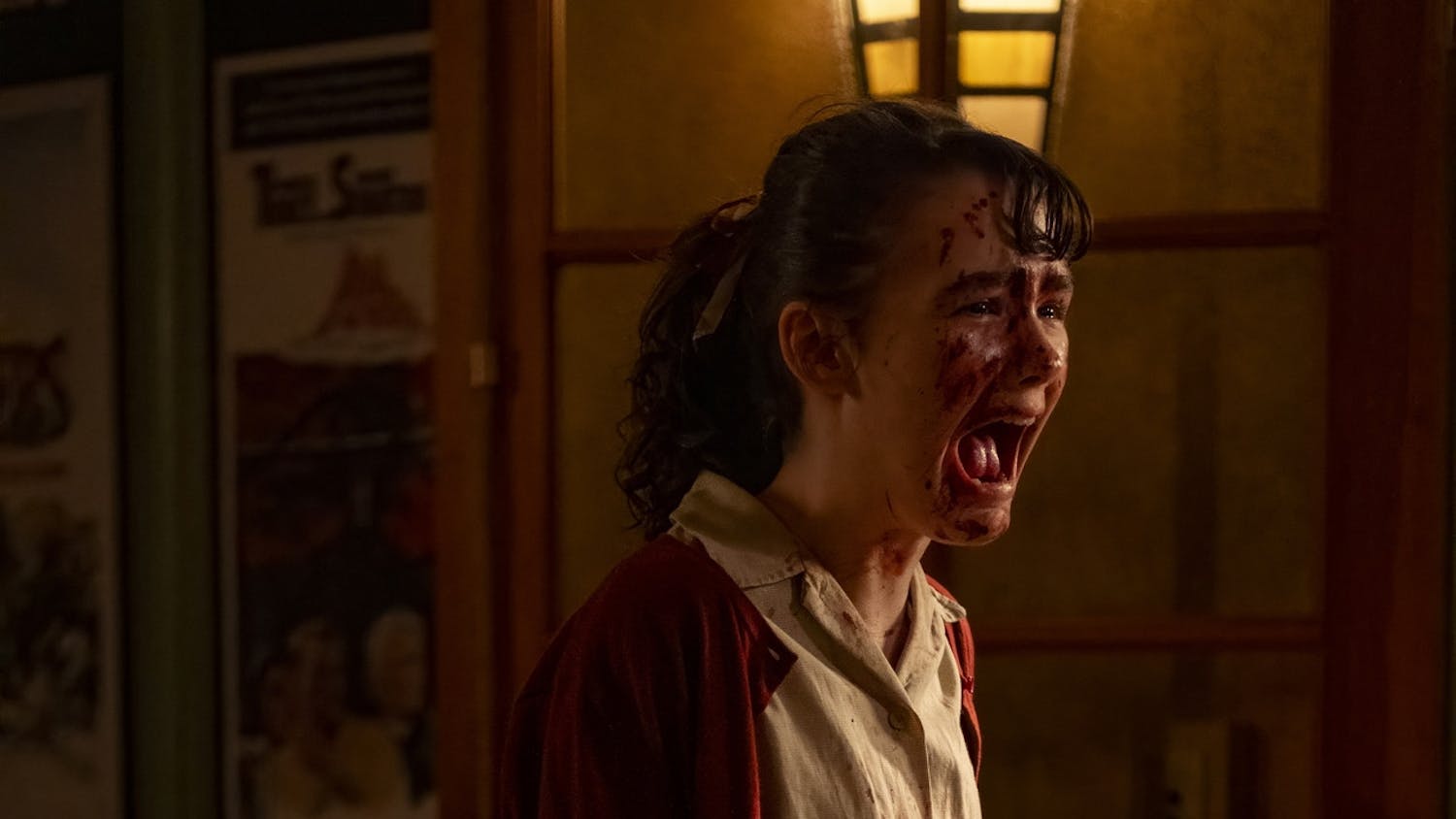On Sunday, The Athena Cinema will be screening students’ and community members’ short films with its Drop Your Shorts event.
Inspired by watching his friends’ short films when he lived in New York, Yang Miller came up with an idea for The Athena Cinema’s newest event.
The Athena, 20 S. Court St., has been receiving short films made by residents, Ohio University alumni and current students for an event called “Drop Your Shorts.” The short films will be shown at the theater Sunday at 7 p.m. Admission costs $5 per person.
Miller, the technical director and audience experience coordinator at the Athena, said the theater has done similar events, such as an open projector night, but this is the first time they have named the event.
“I was like ‘You know, there’s a lot of filmmakers in the community, there’s people who want to see their work up on the big screen and this would be a great opportunity for filmmakers to network, find each other and see each other's work,’” he said.
The only criteria for the event, Yang said, is that the film is under 15 minutes long, is of good quality and is “watchable.”
“But, you know, if you have a well shot video of your cat being cute, then that could work too,” Yang joked.
What is a short film?
Just as the name implies, a short film is not of feature film length. Rafal Sokolowski, associate professor of film, said a short film can range from less than a minute to about 30 or 40 minutes. He added that the time restraints for short films are very flexible.
“These time boundaries are somewhat artificial,” Sokolowski said. “(They’re) dictated by industry standards as to what the programmers need. There needs to be a standardized time in order for the programmers to be able to block chunks of their broadcasting time.”
Sokolowski said the shorter the films are, the better. He added that festival programmers express wanting shorter films because it allows them to fit more films into a certain amount of time.
“Because short films formally are much looser than feature films, they don’t obey the three-act structure,” Sokolowski said. “They obviously don’t need to be so structured because they don’t need to sustain the focus of the audience for 90 minutes. They tell stories that are shorter but not necessarily smaller.”
A movie that follows a three-act structure follows a basic plot line. The first act typically sets the scene. The second act introduces the conflict, and the final act provides a resolution to the conflict.
Similar to full-length motion pictures, there are several different categories of short films. The first is live-action short films, which use real people or animals to tell the story. Animated short films involve drawings, paintings or computer-generated effects set at a frame speed. A documentary depicts a factual event or real-life people. An experimental short film breaks typical conventions in format (such as how it is filmed or edited) or narrative (such as unconventional characters). Hybrid short films are a combination of some of those categories.
Within those divisions, Sokolowski said there are subcategories such as drama, comedy, stop-motion animation and a variety of others. He added that the topics of short films are very diverse.
“On a whole, (the topics for short films are) usually a really mixed-bag of issues,” he said. “What’s great about short films is that they really tackle so many subjects and formally they can be so different.”
The filmmaking experience
Margaret Thompson and Claire Gysegem, graduate students studying public media, have submitted their documentary short film for the Drop Your Shorts event.
Their film tells the story of Craig Johnson,a man that restores old canoes and is also Thompson's landlord in Athens.
“His dad bought this really nice wooden canoe the year he was born … and then when his dad passed away, he finally was like, ‘I have to restore the canoe from my childhood that I had so many memories in,’ ” Thompson said.
After asking Johnsonto be the subject of their documentary, the duo conducted an interview with him. He then took Thompson and Gysegem on a tour of his workshops and canoeing on Stroud’s Run — the primary filming location for the documentary.
{{tncms-asset app="editorial" id="513d2e04-ec70-11e5-b59a-1b9a9f6b25c7"}}
Thompson said the filming took a week and a half at the end of last fall. Gysegem said they “wanted to get all of the outdoors stuff before the leaves fell.”
After filming, they transitioned into the editing process, which took the most time. Thompson said the hardest part about editing is “you never feel like you got it perfect.” Gysegem, who did the bulk of the editing, said she loved the experience.
“It’s just like putting a puzzle together,” she said. “I loved going through the timeline and everything.”
@georgiadee35






